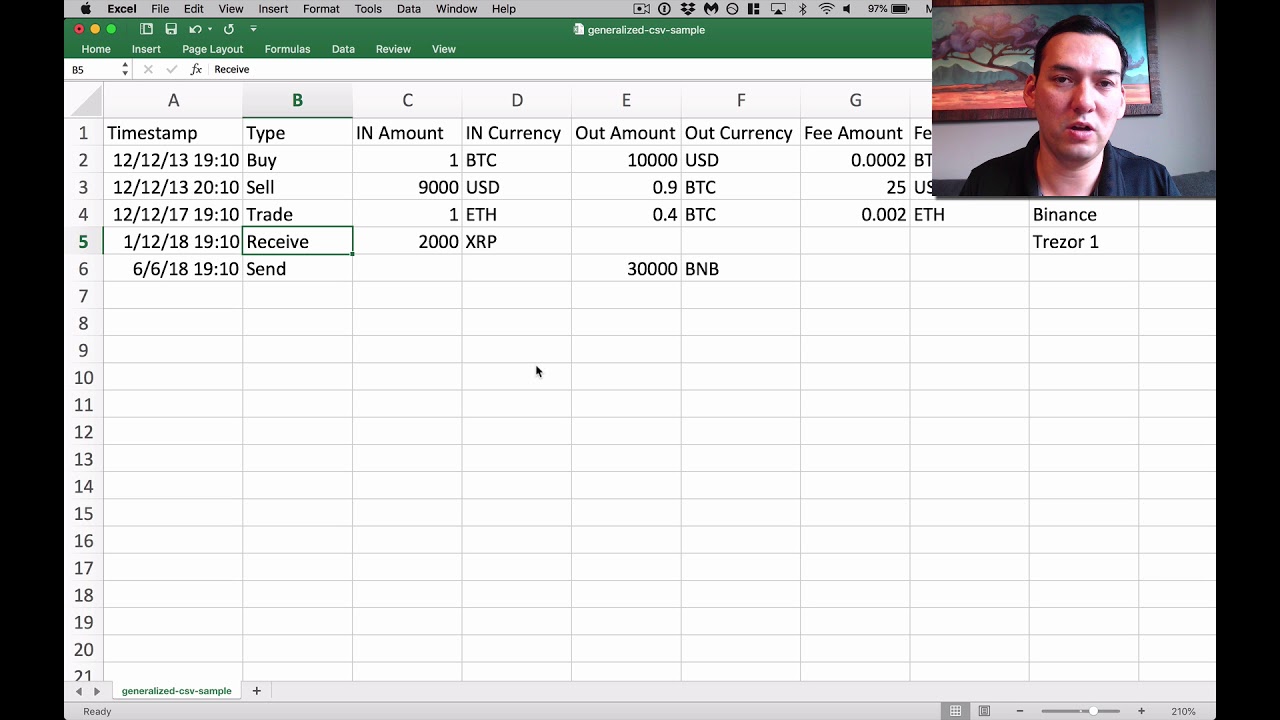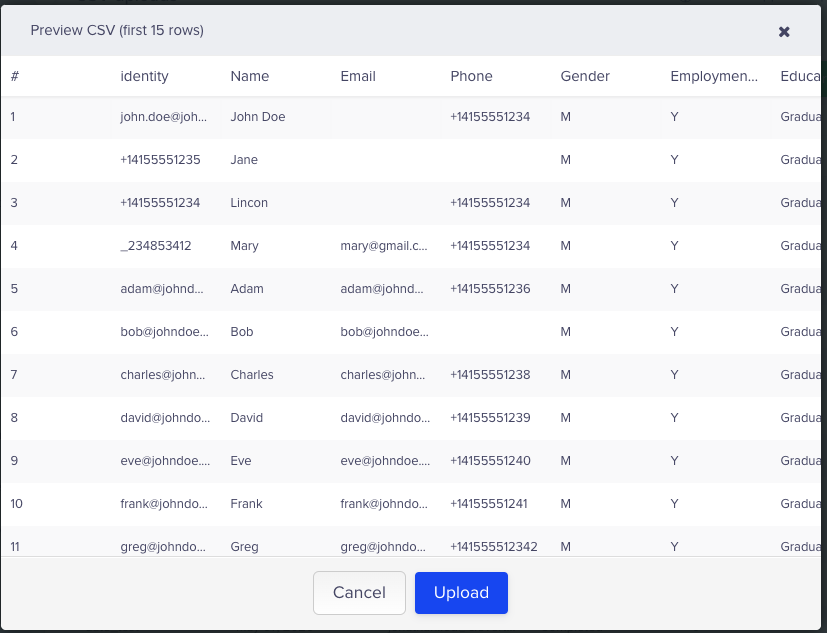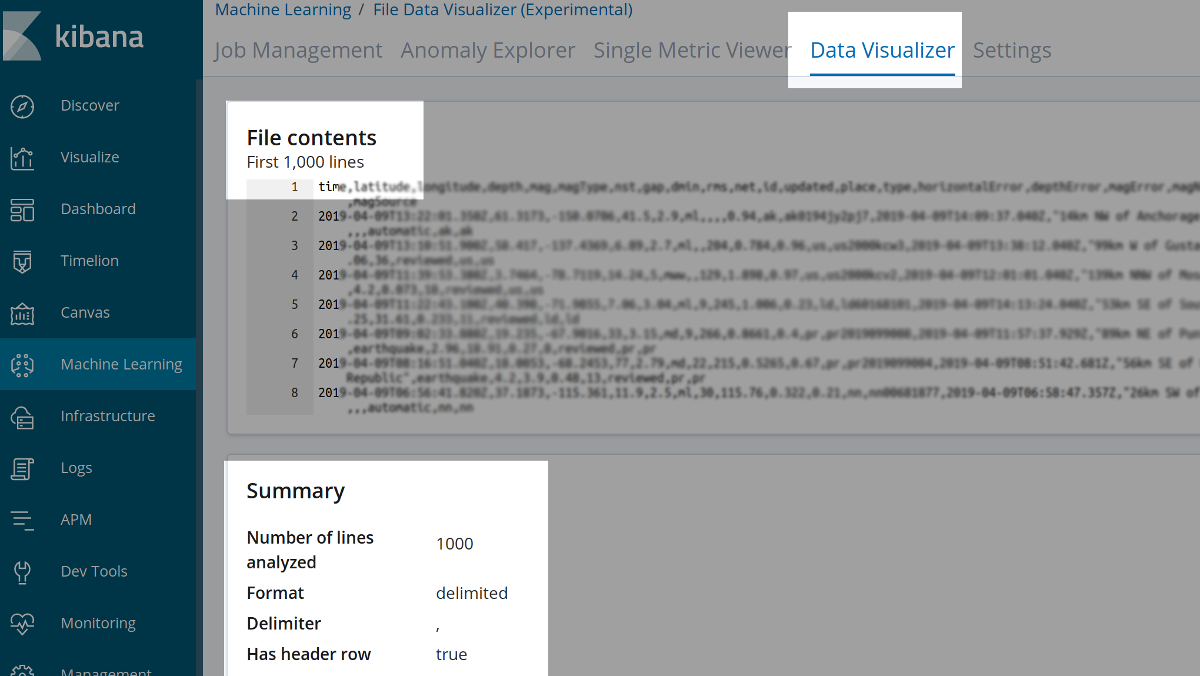If you’re looking to analyze your cryptocurrency investments, how to upload crypto data csv files to portfolio visualizer is an essential skill to master. Gone are the days when you had to manually track your investments on spreadsheets. With Portfolio Visualizer, you can utilize the data stored in CSV files to get insightful analytics and visualize your portfolio’s performance. This easy guide will walk you through everything you need to know!

how to upload crypto data csv files to portfolio visualizer
Why Use Portfolio Visualizer?
Portfolio Visualizer is not just another tool; it’s equipped with robust features that can analyze historical data, optimize your portfolio, and much more. By uploading your crypto data in CSV format, you can:

how to upload crypto data csv files to portfolio visualizer
- Gain insights into your investment performance over time.
- Compare your portfolio against various market indexes.
- Get detailed reports about risk and return metrics.
Understanding CSV Files
CSV stands for “Comma-Separated Values.” It’s a plain text file format that represents tabular data. Each line is a data record, and each record consists of one or more fields, separated by commas. This makes it possible for Portfolio Visualizer to read and process your crypto investment data effectively.

how to upload crypto data csv files to portfolio visualizer
Essential Steps to Prepare Your CSV File
Before diving into the actual uploading process, ensure your CSV file is properly formatted. Below are some popular cryptocurrencies to include and the necessary headers:

how to upload crypto data csv files to portfolio visualizer
- Date
- Transaction Type (Buy/Sell)
- Quantity
- Price
- Fees
Step-by-Step: Uploading Your CSV File to Portfolio Visualizer
Now that your CSV file is ready, let’s jump into the steps on how to upload crypto data csv files to portfolio visualizer.

how to upload crypto data csv files to portfolio visualizer
Step 1: Access Portfolio Visualizer
Go to the Portfolio Visualizer website. Be sure to create an account if you haven’t already, as an account allows you to save your analysis and get back to it later.
Step 2: Navigate to the Upload Section
Once logged in, multiple resources will be presented to you. Click on the “Tools” section found in the menu. From there, select “Portfolio Analysis.”
Step 3: Import Your CSV
In the Portfolio Analysis section, you’ll find an option to import data. Click on it, and a dialog box will prompt you to upload your CSV file. Remember, if you encounter any issues, double-check your CSV headers match the required format mentioned earlier.
Visualization Features
As soon as the file is uploaded, you can access various visualization tools where you can execute different analyses. These tools include pie charts, line graphs, and risk metrics. What’s particularly handy is the historical comparison feature that looks at how your investments would have fared over time.
Common Errors and Troubleshooting
Even when following all the steps diligently, errors can still occur. Here are a few common issues you might encounter and how to resolve them:
- Incorrect Formatting: Ensure your CSV structure is correct, as improper formatting can lead to upload errors.
- Missing Data: Double-check to see if you have any empty fields in your CSV that might be necessary for the analysis.
Tip: Validate Your Data
It’s often beneficial to validate your data first. You can use validator tools or even manually review your entries. Data integrity is vital for obtaining accurate performance reports.
A Real-World Example: A User’s Journey
Let’s explore a case study for better understanding. Meet Jane, a crypto enthusiast with several assets including Bitcoin and Ethereum. Initially, Jane relied on a Google Sheet to manage her investments, which was tedious and prone to human error.
After learning how to upload crypto data csv files to portfolio visualizer, she decided to convert her existing records into a CSV format. Within minutes, she not only visualized her portfolio, but she also gained insights into her investment strategies. For example, Jane discovered that investing only in Bitcoin, while ignoring Ethereum, hurt her overall return due to Ethereum’s significant price growth during that year.
Trend Analysis: The State of Crypto Investments
The increasing popularity of cryptocurrency investment has given rise to several investment management tools. However, Portfolio Visualizer stands out for its user-friendly interface and analytical capabilities. According to CoinMarketCap, the rise of new cryptocurrencies has continued to influence market dynamics, making such tools crucial for investors aiming to stay up-to-date.
Wrapping Up: Moving Forward with Portfolio Visualizer
Knowing how to upload crypto data csv files to portfolio visualizer can dramatically improve your investment tracking and analyses. This guidance not only simplifies your data management but helps you make well-informed decisions as you navigate through the evolving crypto landscape.
Get Started Today!
Don’t wait! Get started now by preparing your CSV files and accessing Portfolio Visualizer. You might surprise yourself with the insights you’ll uncover!
FAQs
1. What types of data can I include in my CSV file?
Your CSV file can include various data types, including transaction history, investment valuations, and fees. The key is ensuring the format aligns with Portfolio Visualizer’s requirements.
2. Can I use Portfolio Visualizer for free?
While some features are available for free, enhanced functions may require a subscription. It’s advisable to check their pricing plans for detailed information.
3. Are there any tips for optimizing my portfolio analysis?
Absolutely! Regularly update your CSV files, diversify your investments, and utilize the comparative analysis tools within the visualizer for optimized performance assessment.
By applying these steps and utilizing Portfolio Visualizer, you’ll make smarter investment decisions that could lead to significant financial benefits.


